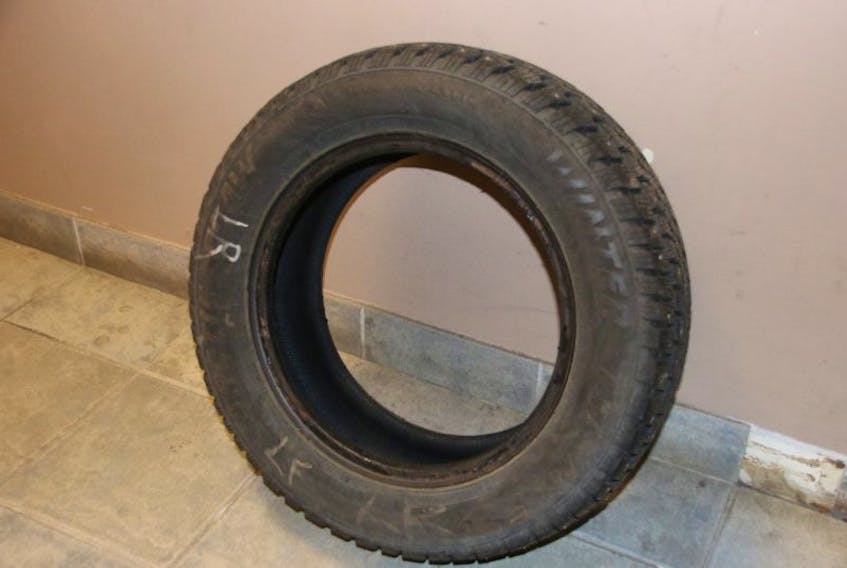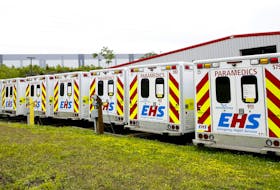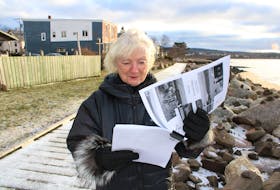For the past eight years, Dan Chassie, owner of Halifax C&D Recycling Ltd., has had a contract with Divert Nova Scotia (formerly RRFB) to shred the province’s used tires into a tire-derived aggregate (TDA). The company uses a mechanical process to convert the tires into an aggregate substitute that is used to replace aggregates in numerous engineered projects from road building to enhancing slope stabilization and retaining walls.
The Lafarge plant in Brookfield, however, has applied to the Department of Environment for approval to burn used tires in its kiln as a fuel source for creating cement.
The environmental assessment application is under review by the province and Chassie said if it is approved, it will put the future of his company and its more than 15 full- and part-time employees in jeopardy. It would also mean the province is “abandoning a successful used-tire management policy that has been an integral part of the Nova Scotia’s solid waste management system since his company began accepting the province’s tires eight years ago,” Chassie said.
“If the provincial government signs the agreement we won’t have enough TDA for the twinning of the 101 Highway.”
And he said such a move would also end up costing the province millions of dollars in additional construction costs.
Chassie currently receives a million used tires per year, for which he is paid $200 per tonne. That is reduced to about $180 if he uses the TDA for his own projects.
Lafarge, he said, is proposing to accept 350,000 tires per year for which they would be paid $105 per tonne as well as getting to use the tires for fuel.
“We can’t compete with burning,” Chassie said.
“If they are going to let Lafarge burn tires, they should eliminate that environmental fee.” That fee is what motorists pay when they purchase new tires.
And if the province does permit Lafarge to burn tires as a fuel source, other waste management operations should also be permitted to do so, Chassie said.
Lafarge plant manager Fred Bolduc could not be reached for comment on Friday. However, company officials have previously stated that lab tests conducted by Dalhousie University indicate that burning tires would be less environmentally harmful than current fuels such as coal, petroleum coke, shingles and other materials.
"The idea is that, pound for pound, you get more energy from a tire and you get less CO2 (carbon dioxide) and some other gases that end up being greenhouse gases and which are toxic," Dr. Mark Gibson, an associate professor with Dalhousie University, previously told the Truro Daily News.
Based on those lab results, Lafarge is hoping to receive permission from the province to begin testing at the plant and is in the process of installing continuous emission monitors to better measure the results.
A previous plan for burning rubber was denied by the former Progressive Conservative government on the basis that is was not the best, first-use for disposing of used tires.
In an e-mailed response to the Truro Daily News about the status of Lafarge’s application, newly appointed Environment Minister Iain Rankin said he is aware of the interest in the issue and he is “… taking the time to review the information carefully before making my decision.”









